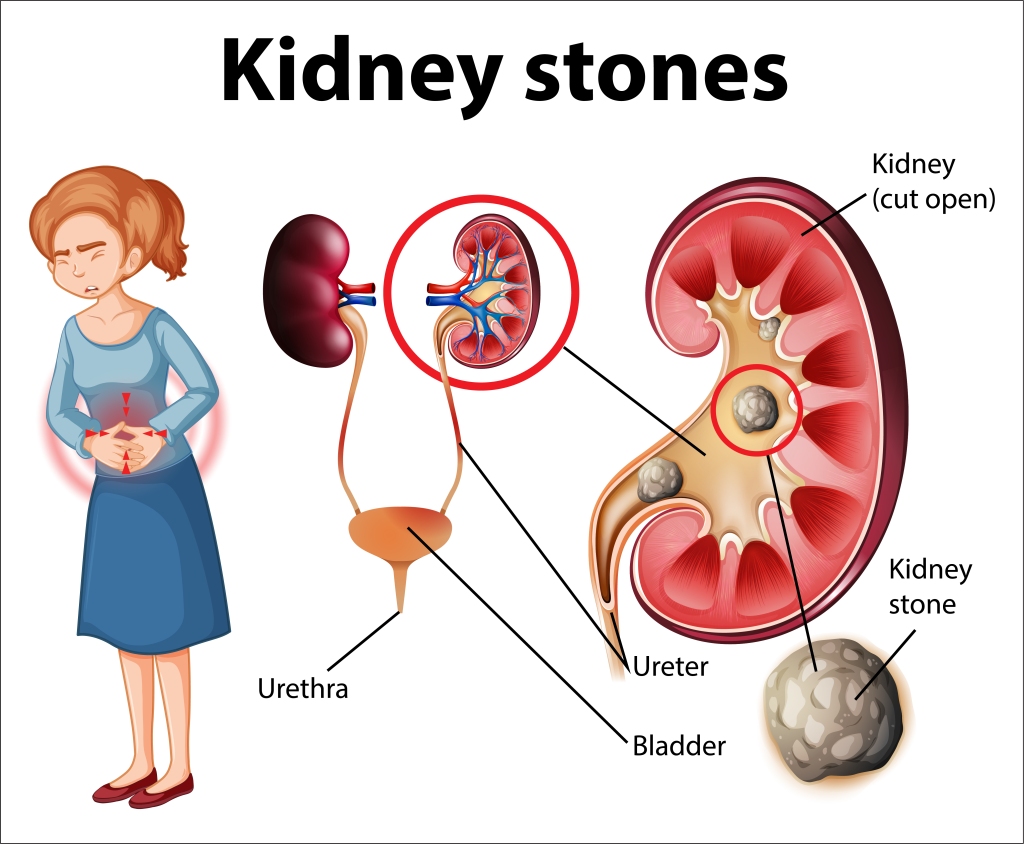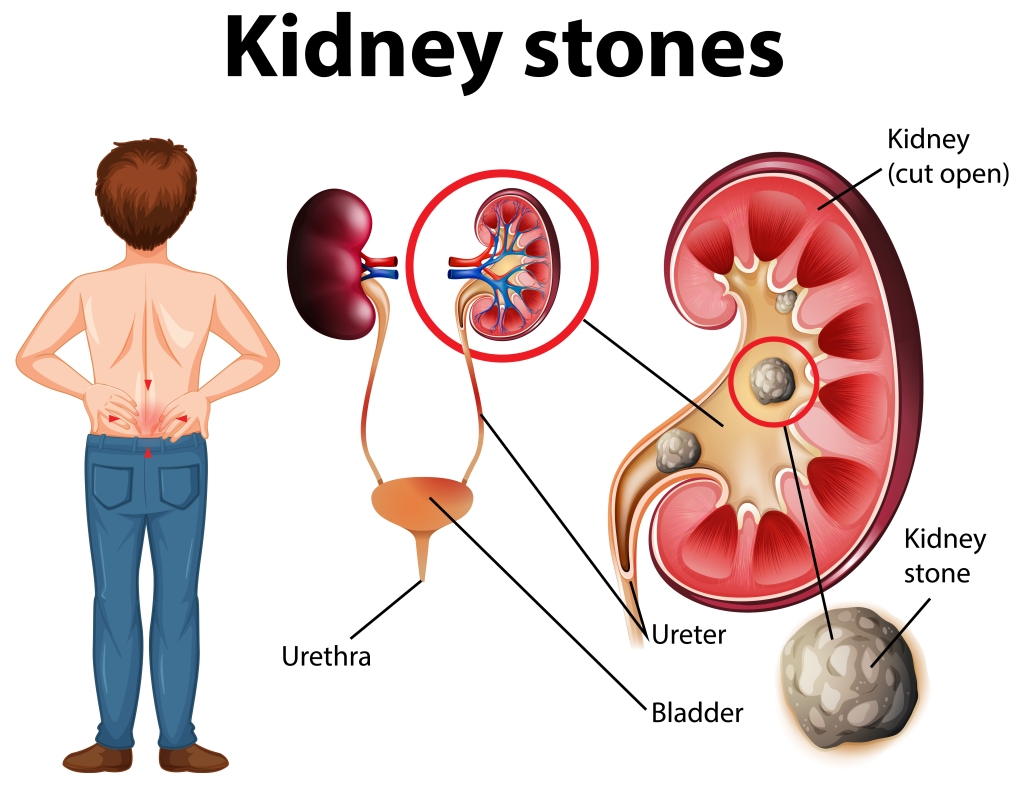Here is a list of insurance, private funding, social funding, and private lending options for medical kidney problems (mild, moderate, and severe) for those in need:
• Insurance: Medicare is a federal health insurance program that pays health care costs for eligible people who are age 65 or older, under age 65 with certain disabilities, and those who have received Social Security Disability Insurance (SSDI) for 2 years of any age with end-stage renal disease (ESRD)—permanent kidney failure treated with a kidney transplant or blood-filtering treatments called dialysis. Private health insurance is another option for people with kidney problems. You can buy individual health coverage through the health insurance marketplace at HealthCare.gov
• Private Funding: The American Kidney Fund’s Health Insurance Premium Program (HIPP) may be able to help you pay for your premiums through grants if you have kidney failure but are unable to afford the cost of your health insurance premiums. Their Safety Net Grant Program provides grants to help people with health care expenses that are not covered by insurance.
• Social Funding: Medicare helps pay for much of the cost of treatment for many people with kidney failure. Medicaid is a state-based program that covers low-income adults and children who qualify. There are other programs you may qualify for, such as TRICARE and COBRA.
• Private Lending: Please ask Massage Pathology Chronicles for a quick loan application via admin@healthcare-online-education.org or phone/fax 800-559-8130. This lending allows you greater freedom on how to use the money. For example, you may use this loan for your business expenses easier than the above three offerings.










You must be logged in to post a comment.